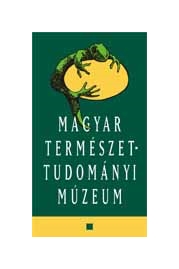TAF Management
To ensure the smooth and consistent management of the Access provision across all TAFs

To ensure the smooth and consistent management of the Access provision across all TAFs
The improvements to NH virtual collections as a result of improved digitisation methods will, over time, change the face of Access and reduce the need for lengthy physical visits. NH institutions will increasingly be able to send digital surrogates that are of excellent research quality. This new form of access will be of benefit not only to the European research community but also to researchers in Third Countries who wish to undertake collaborative research with European scientists using collections based in Europe.
In 2008, the EU-funded EDIT project held a symposium on future trends in taxonomy for the 21st century. This will be used as a baseline document and workshop will be held on the sustainability of NH collections. This will result in a roadmap for European NH institutions to progress in a unified manner to meet the changing demands of research. The roadmap will be passed to CETAF for continued implementation.
Improve access to virtual and new physical collections by making all data outputs freely available and open access. For peer-to-peer use the key portal for specimen data will be GBIF. For a wider audience including the public and media the newly accessible data will be made available on established open access outlets, e.g. Europeana.
Promote the outputs of SYNTHESYS3 both within and outside of Europe, including:
Promotion of CSAT (NA2, task 3.1) internationally to allow institutions in Third Countries to assess the status of their CM and provide information on where they need to adopt better standards.
The crowdsourcing website (JRA, task 2.2) will be promoted to appropriate European stakeholders (Task 1.4).
Improving collections management and enhancing accessibility.
The overall aim of NA3 is to ensure that SYNTHESYS3 has a clear pathway to impact by making certain that
outputs are well publicised to, and utilised by, the broader research and development community – and that the
work undertaken and benefits created continue beyond the life of the project. Moreover, the outputs assist in the
delivery of other key European initiatives including, but not limited to, LifeWatch
Moving from physical to digital collections
Type of Activity: RTD
